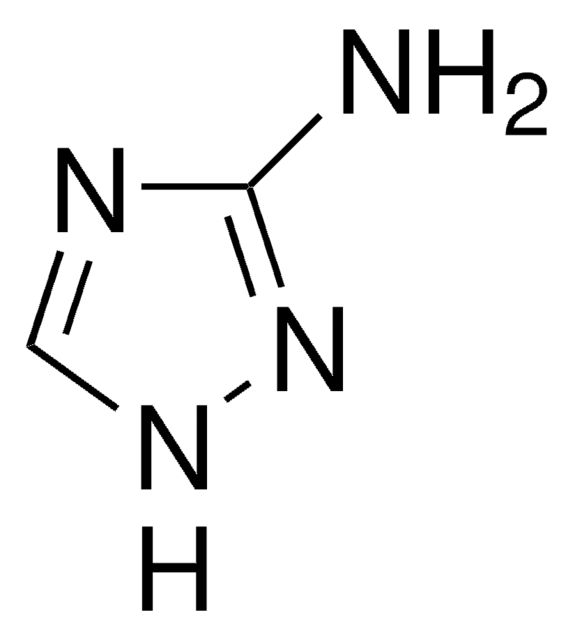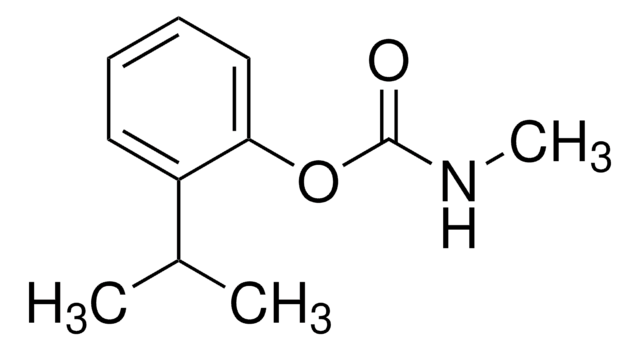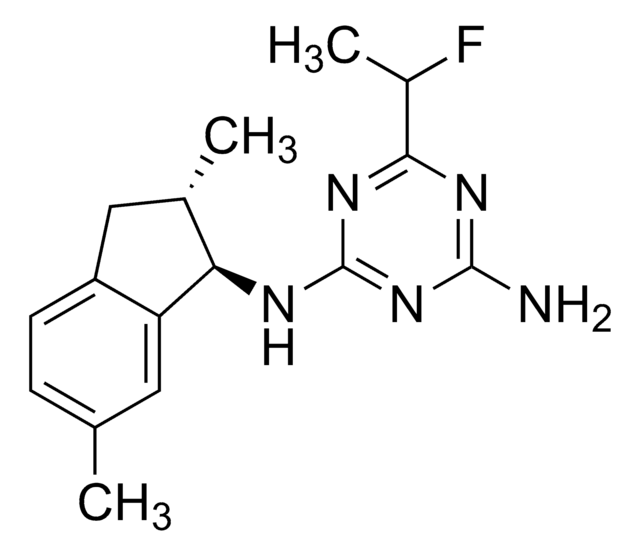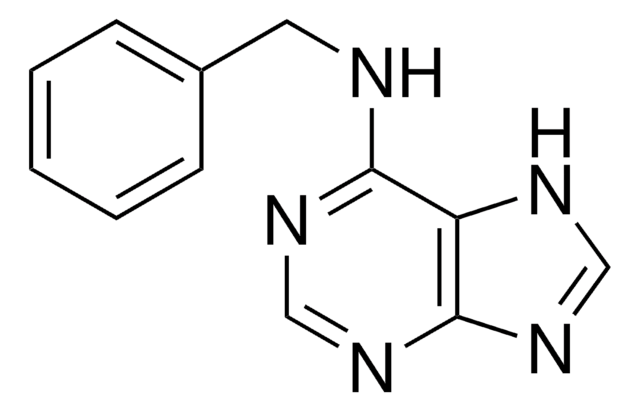36138
Isoxaben
PESTANAL®, analytical standard
About This Item
Productos recomendados
grade
analytical standard
Quality Level
product line
PESTANAL®
shelf life
limited shelf life, expiry date on the label
technique(s)
HPLC: suitable
NMR: suitable
gas chromatography (GC): suitable
mp
175-179 °C
application(s)
agriculture
environmental
format
neat
SMILES string
CCC(C)(CC)c1cc(NC(=O)c2c(OC)cccc2OC)on1
InChI
1S/C18H24N2O4/c1-6-18(3,7-2)14-11-15(24-20-14)19-17(21)16-12(22-4)9-8-10-13(16)23-5/h8-11H,6-7H2,1-5H3,(H,19,21)
InChI key
PMHURSZHKKJGBM-UHFFFAOYSA-N
¿Está buscando productos similares? Visita Guía de comparación de productos
Categorías relacionadas
General description
Application
Legal Information
hcodes
pcodes
Hazard Classifications
Aquatic Chronic 4
Storage Class
11 - Combustible Solids
wgk_germany
WGK 3
flash_point_f
Not applicable
flash_point_c
Not applicable
ppe
dust mask type N95 (US), Eyeshields, Gloves
Choose from one of the most recent versions:
¿Ya tiene este producto?
Encuentre la documentación para los productos que ha comprado recientemente en la Biblioteca de documentos.
Nuestro equipo de científicos tiene experiencia en todas las áreas de investigación: Ciencias de la vida, Ciencia de los materiales, Síntesis química, Cromatografía, Analítica y muchas otras.
Póngase en contacto con el Servicio técnico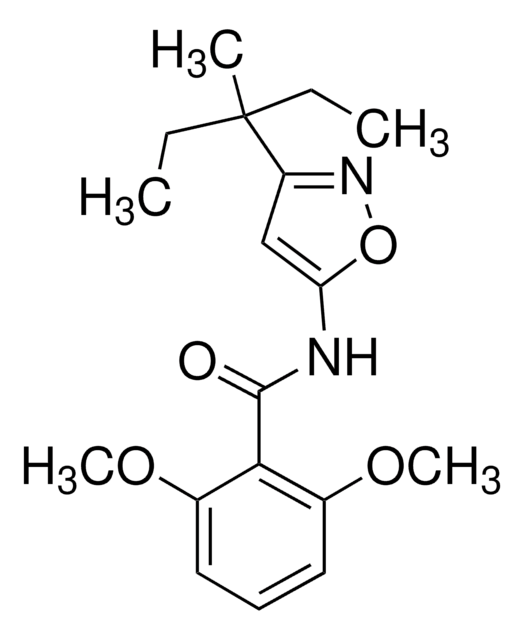
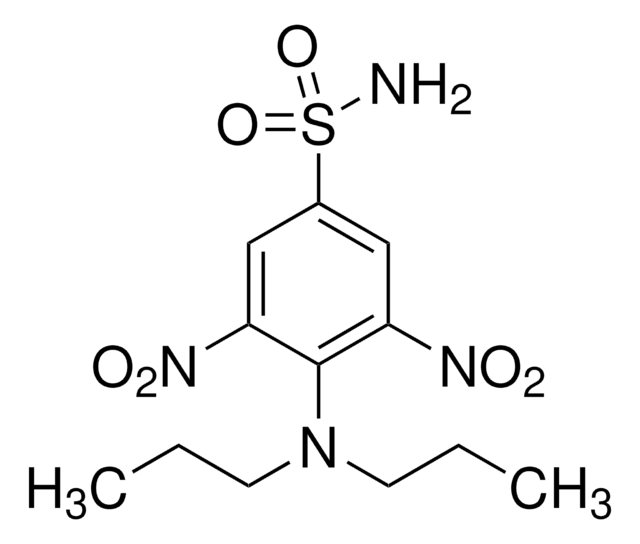
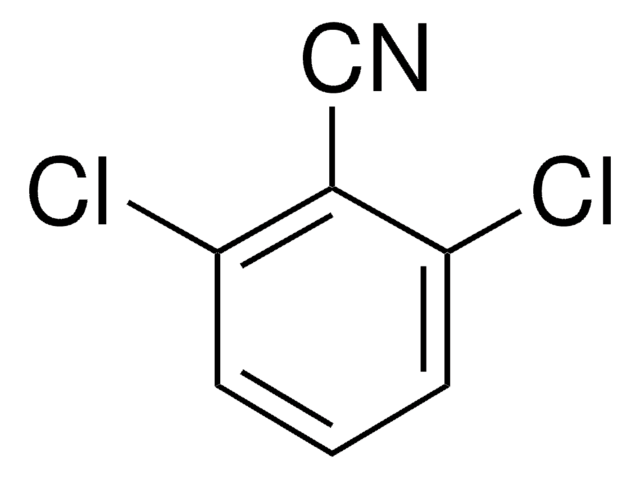

![[D-Pen2,5]-Enkephalin hydrate ≥95% (HPLC)](/deepweb/assets/sigmaaldrich/product/structures/184/136/1e0e1352-7665-406c-b51c-9a4fd9474b9a/640/1e0e1352-7665-406c-b51c-9a4fd9474b9a.png)
